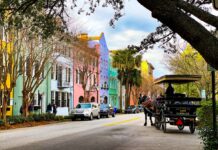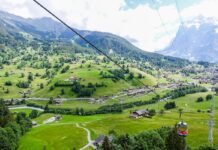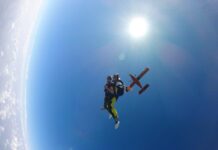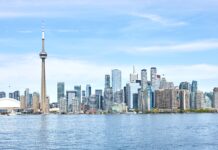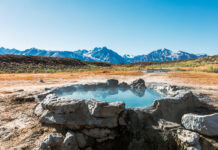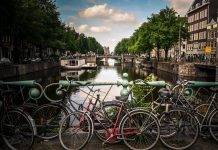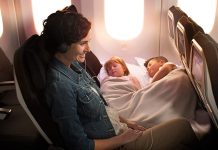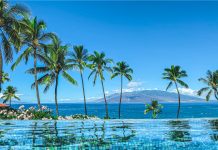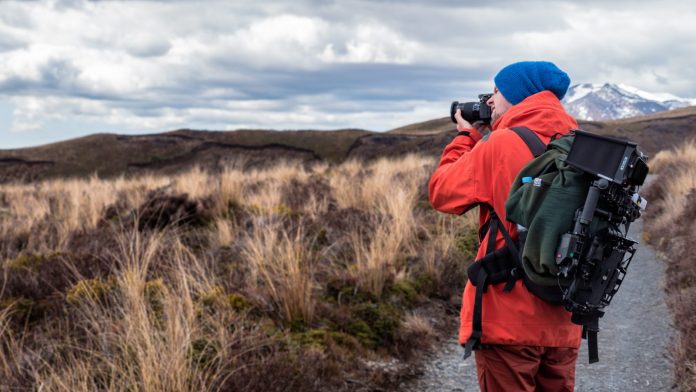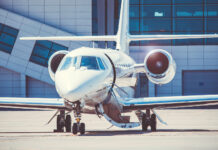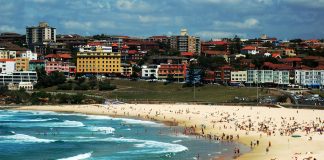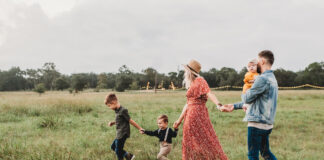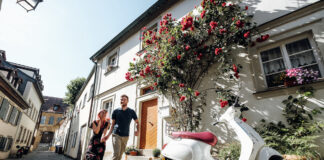As a photographer, you want to capture great pictures of your family, especially while you’re on vacation. But if you’ve collected a lot of equipment or your suitcases are already overflowing with your family’s belongings, you may be wondering what you should take and what can be left behind. Further, if you are traveling by plane you’ll want to bring only the bare essentials.
First, layout everything you’ll take with you. Below is a list of essentials for the photographer or hobbyist. This list is intended to cover most of the shooting situations to you may encounter, whether you’re taking candid photos of your family or documenting your travels.
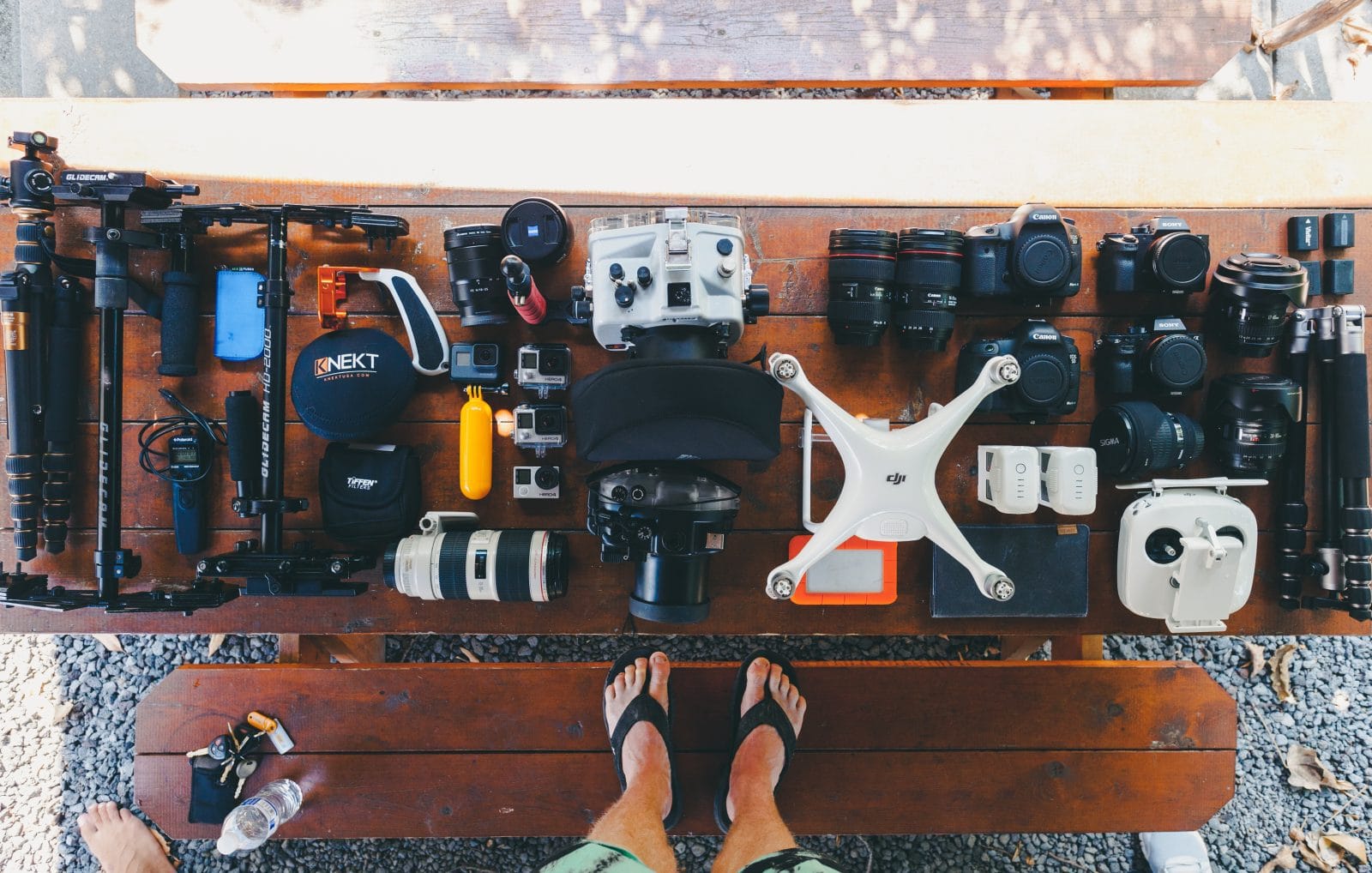
Definitely bring it
- Camera body.
- A walk-around zoom lens. If you don’t already own a good zoom lens, consider investing in one. You don’t want to be changing lenses every ten minutes and miss capturing special moments. You could take another camera but this eats up valuable space in your bag. If you want a back-up camera, consider a simple all-weather point-and-shoot.
- A fixed or prime lens. Prime lenses often offer lower maximum apertures than zoom lenses, so these are great for low-light conditions as well as portraits. A 50mm lens is a good focal length for a full-frame camera, and a 28mm lens is good for cropped-sensors.
- Polarizer for each lens, as well as UV filters for protection (which should stay on your lens all the time anyway).
- Lens cloth.
- A tripod. If you don’t use a full-size tripod much, take a tabletop tripod or Gorillapod.
- Battery charger, as well as a plug adapter and voltage converter if necessary at your destination.
- Camera battery.
- Memory cards. Consider taking several cards in smaller capacities rather than one high-capacity card. If one gets corrupted or lost, you at least have the others.
- Remote to trigger shutter release, so you can get in your family portraits.
- A good backpack or photographer’s bag to haul your gear around from day-to-day. You may wish to leave your carry-on bag in your hotel and take only the equipment you need for a particular outing.
- Plastic or Ziplock bags if your day-to-day bag is not waterproof.
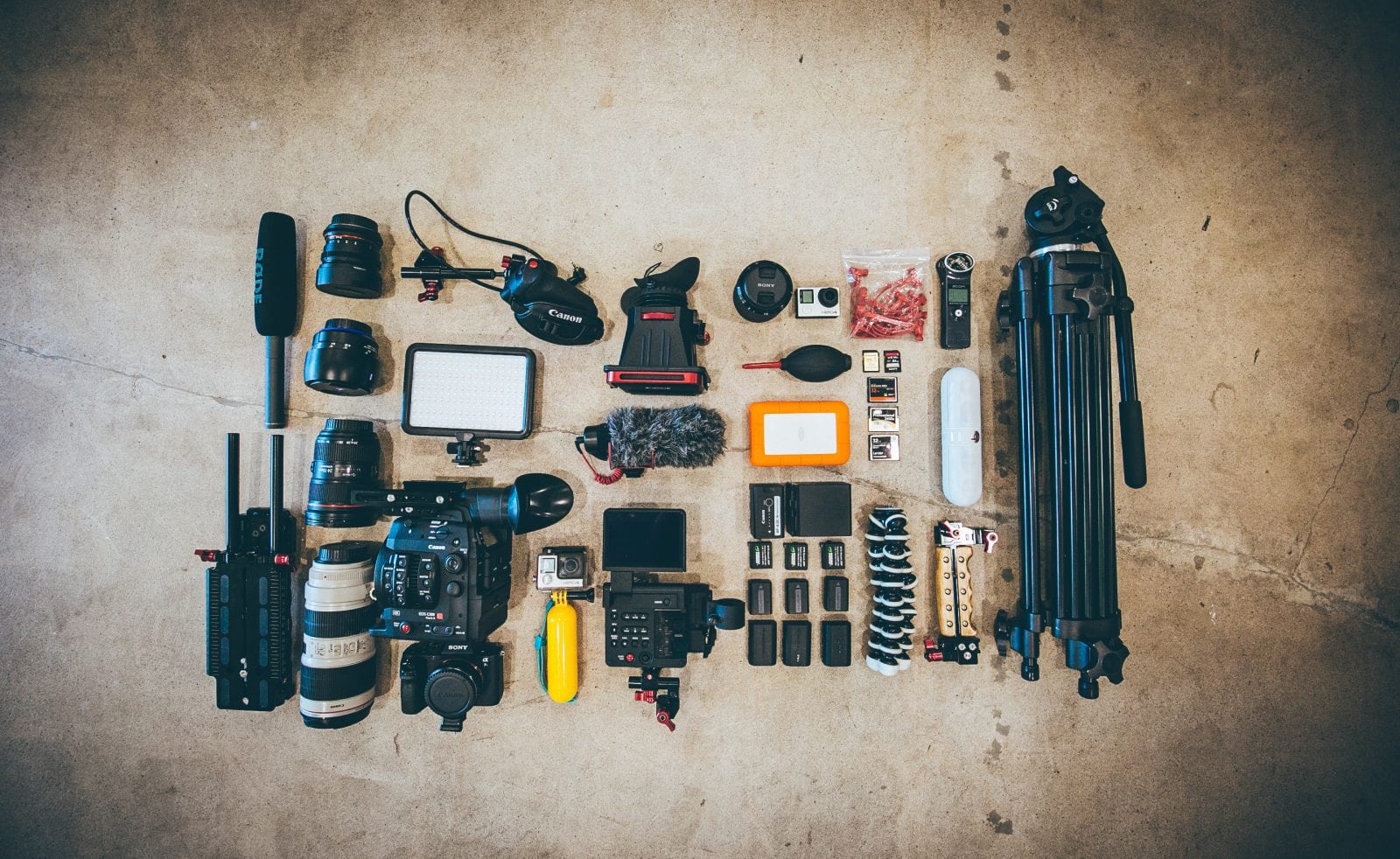
Optional
- A flash unit or speed light. Plan to use your flash as a bounce flash since packing gear for using your flash off-camera can require a lot of space, or bring a modifier. This is handy mainly indoors like when you may be eating out at a dimly lit restaurant.
- Spare batteries for flash unit.
- Bring a lightweight modifier to soften your flash. The Stofen Omni-Bounce is an excellent diffuser and very lightweight. If you’re visiting a location with great scenery for portraits, you may also want to bring a soft box. The LumiQuest Softbox folds up easily for packing.
- Laptop, card reader, and extra external hard drive for backing up images if you’ll be traveling enough to use up space on all your memory cards.
- Point-and-Shoot as a backup camera.
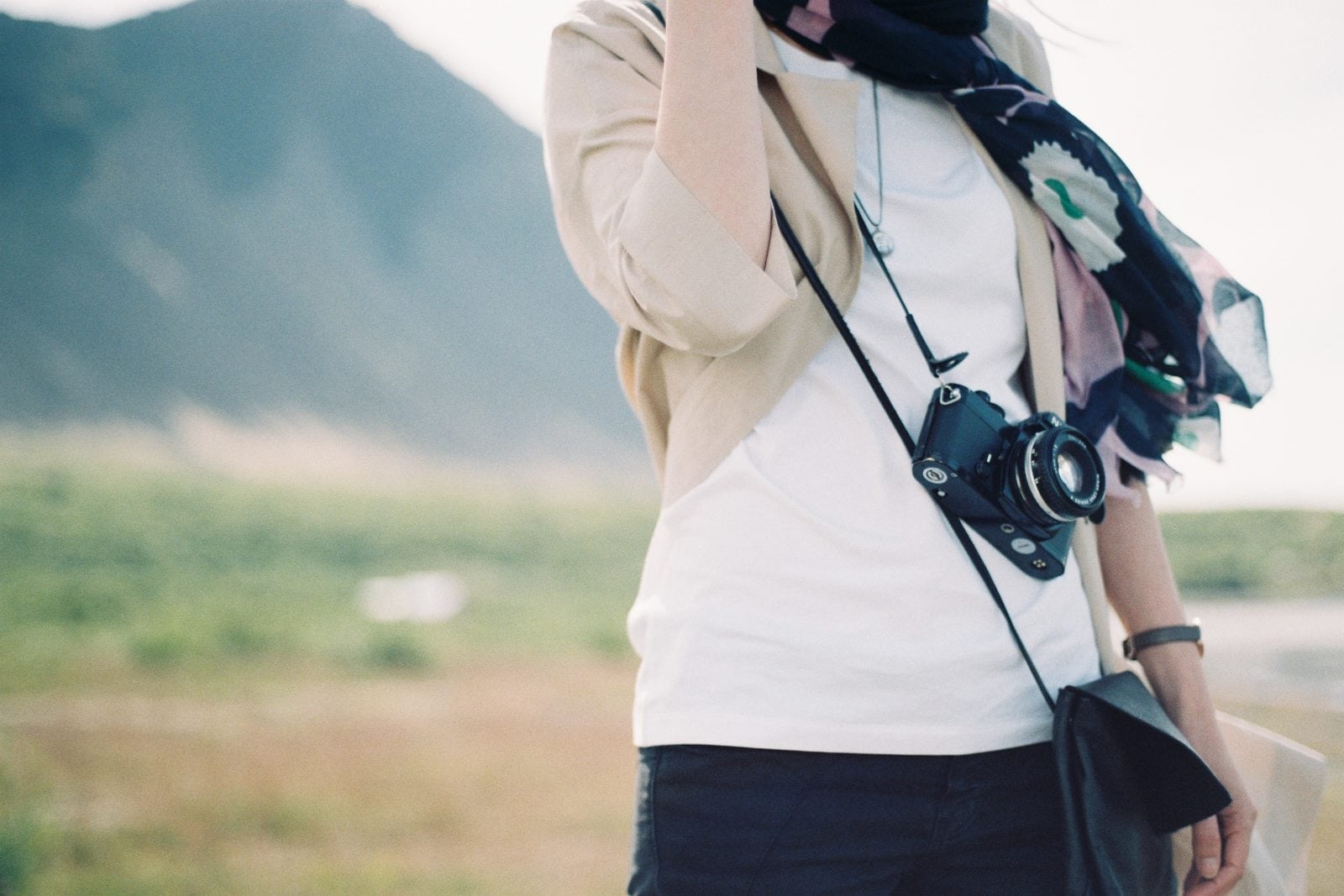
Leave it at home
- All other lenses besides the 1-2 mentioned above.
- Extra cords and battery chargers.
- Flash accessories such as gels or big, awkward modifiers.
- Expensive tripod that might need to be checked.
- Rocket air blasters (for cleaning), some TSA agents may be suspicious of these and confiscate them.
Now that you have your gear ready to be packed, where do you put it all? Pack it in it’s own carry-on bag. Do not check anything that you couldn’t bear to lose! Luggage is handled roughly and TSA-approved locks do not keep TSA agents from stealing. If you absolutely must check expensive equipment, provide your own lock and at check-in request a manual inspection. You’ll be taken aside and asked to unlock your bag, and it may take a lot of time, but afterward you can re-lock your bag.
If overhead bins fill up you may be forced to gate-check some of your carry-on bags. If you pack your gear in it’s own (small) bag, you can at least stow it under the seat in front of you.
Tripods are generally allowable as carry-ons. However, if yours isn’t expensive, consider packing it in your checked baggage.
Lastly, don’t forget to put your camera down once in awhile and enjoy the moment with your family! Happy Traveling!


